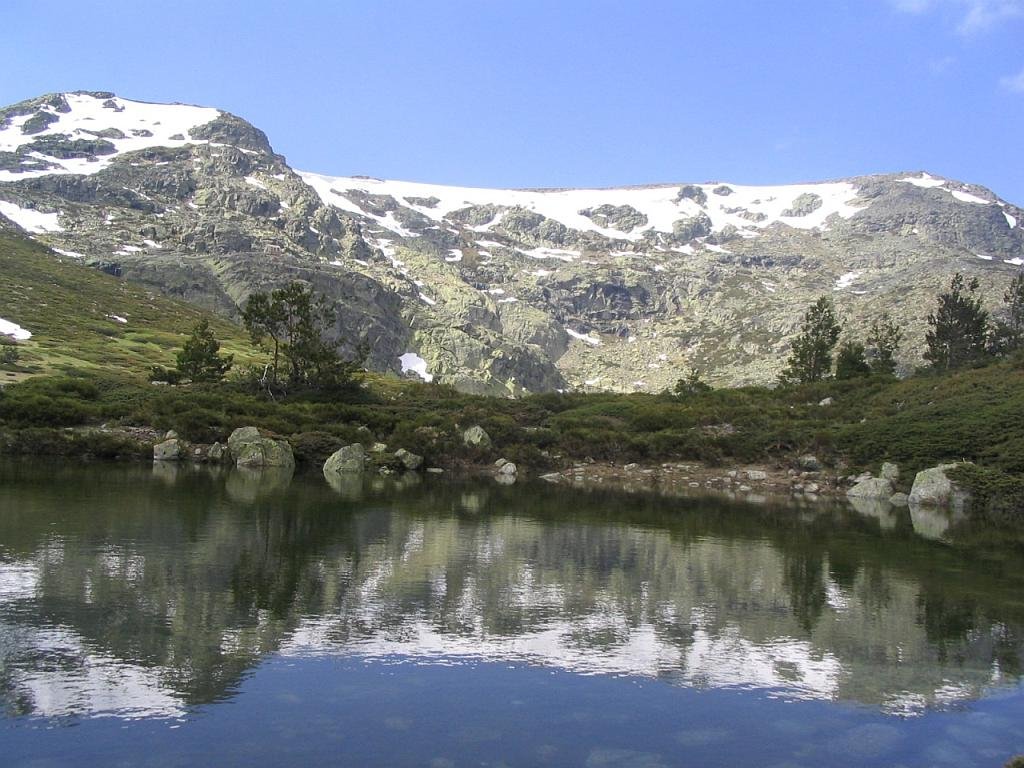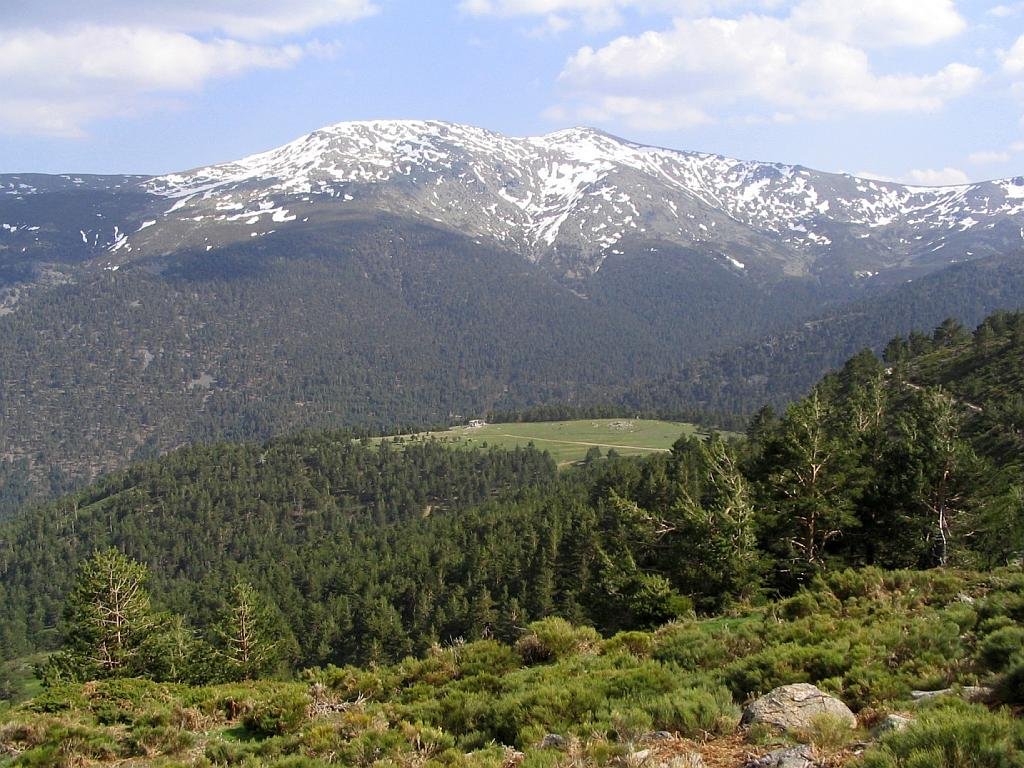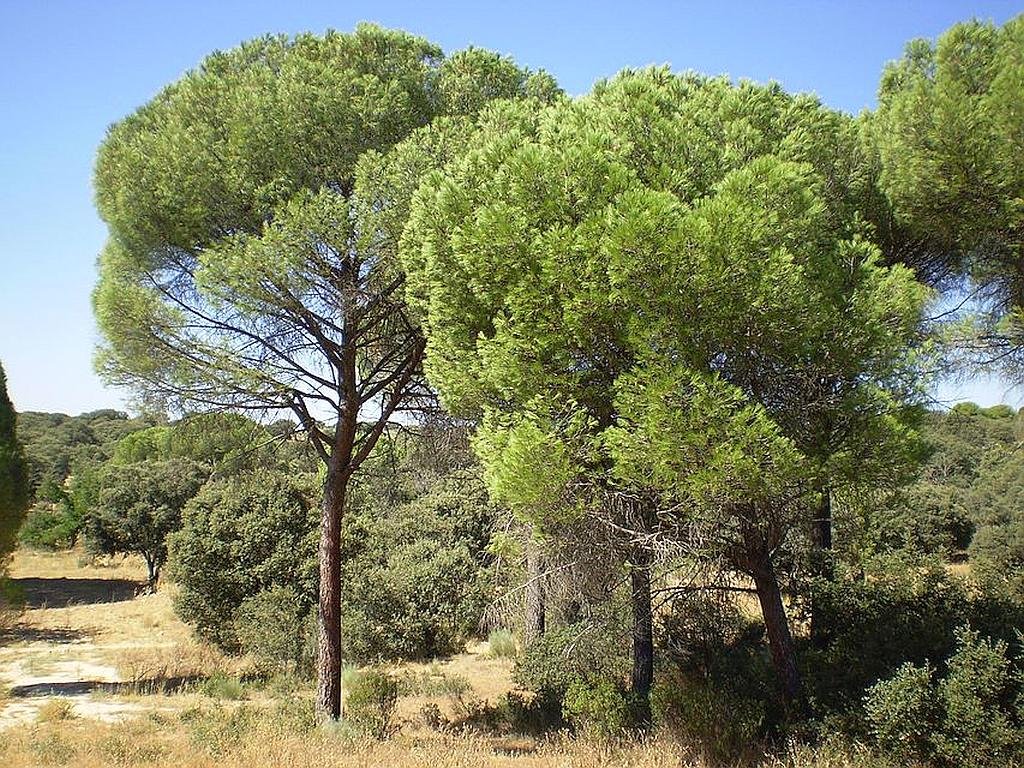- Region: Madrid
- Declared a Natural Park: 1990
- Park surface area: 768 hectares
- Towns and villages: Rascafria
Points of interest
Some history behind the Peñalara Natural Park
During the 1920s there was a plan to create the Guadarrama National Park due to its important ecological value. The plan never started though due to changes in government and the Spanish Civil War. The area was, however, declared a Natural Site of National Interest in 1930, with the aim of preserving the landscape from external attacks. Even with that protection, in 1969 the ski resort of Valcotos was built which occupied much of Peñalara mountain and the construction of ski lifts, small buildings, slopes and various clearings caused serious damage to the flora, fauna and the terrain.
During the 1980s, a project was created to protect the eastern slope of the Peñalara peak including the lagoons and in 1990, the Community of Madrid declared the area as a natural park of the Cumbre, Circo and Lagunas de Peñalara. From 1998 to early 2000 the ski resort of Valcotos that occupied much of the southern part of the protected area was dismantled, the ski lifts were removed and the old tracks were planted with Scots pine.
I’ve been living in this lovely area of Western Andalucia for the last 20 years or so and dedicate most of my time to the running of English language tourist information websites for the towns of Cádiz, Ronda, Grazalema, the famous or infamous Caminito del Rey, and also Wildside Holidays, which promotes sustainable and eco-friendly businesses running wildlife and walking holidays in Spain. My articles contain affiliate links that will help you reserve a hotel, bus, train or activity in the area. You don’t pay more, but by using them you do support this website. Thankyou!



